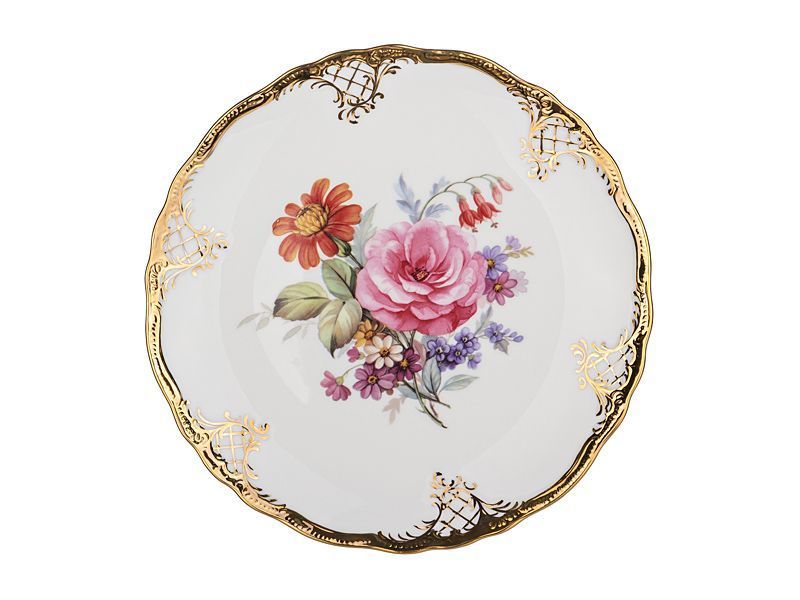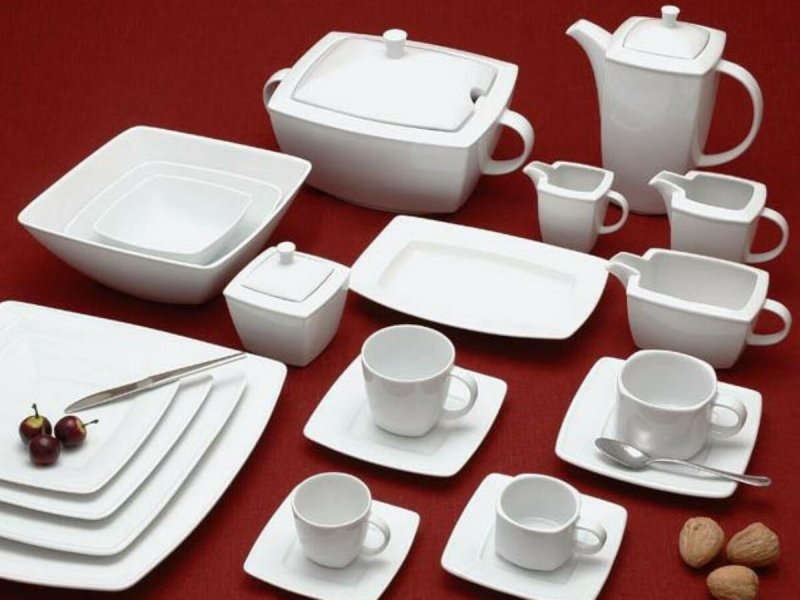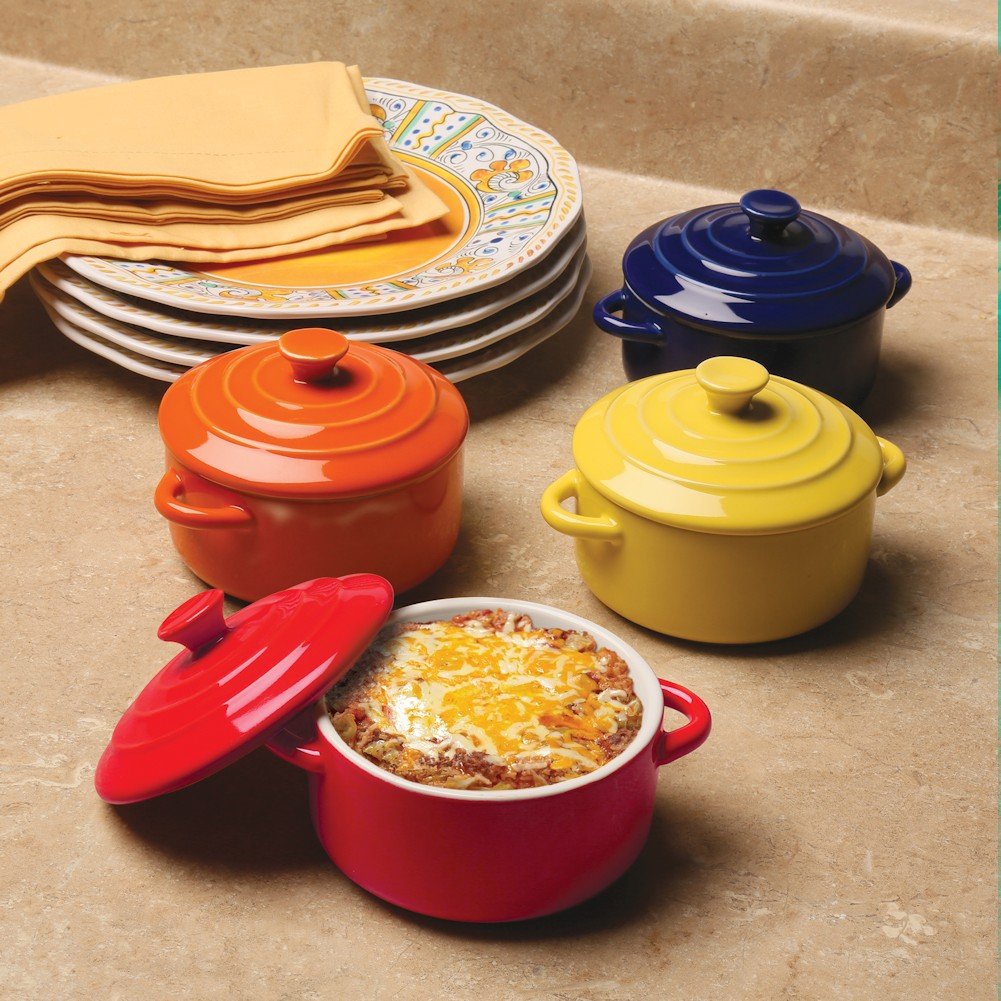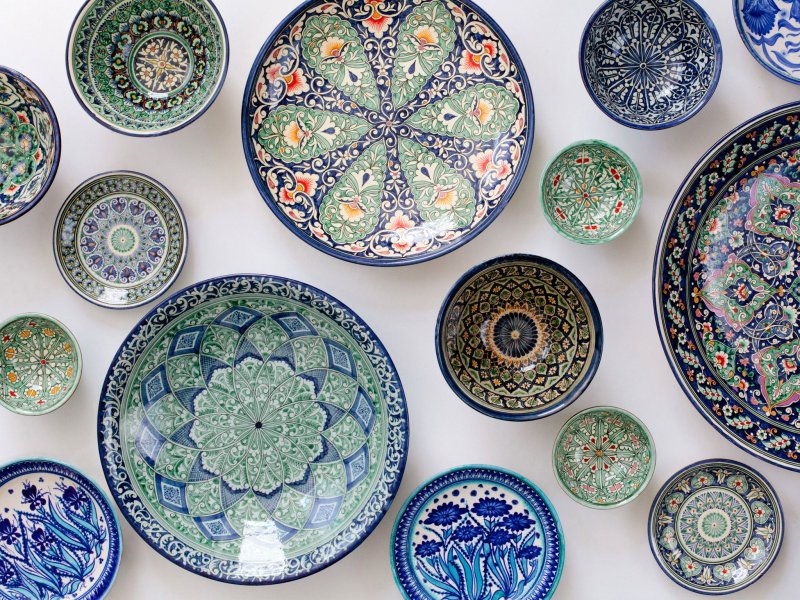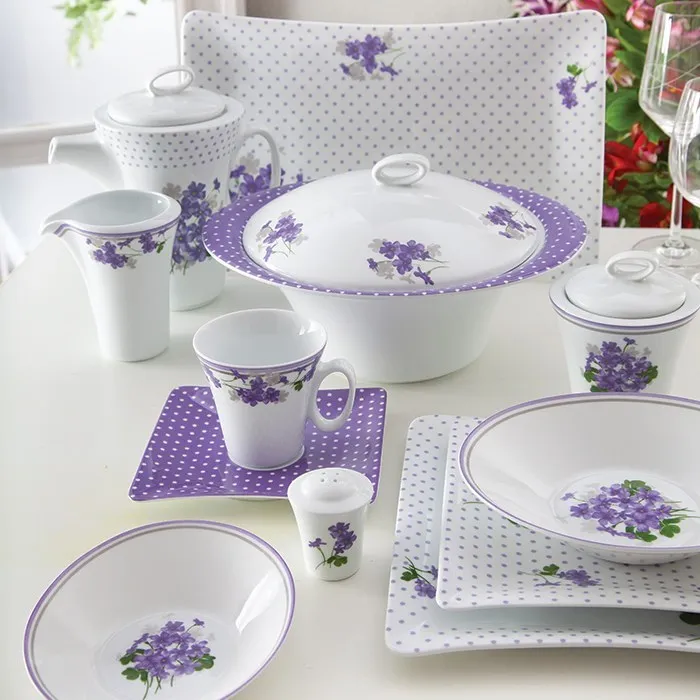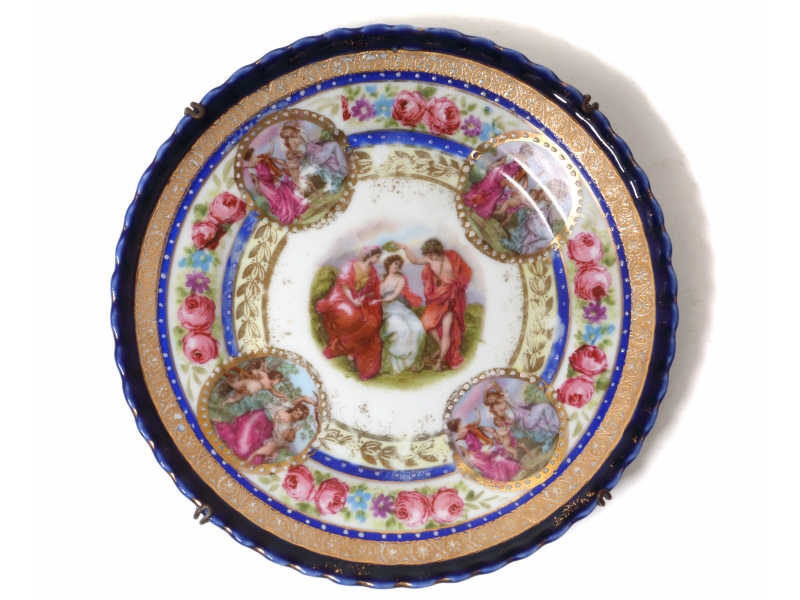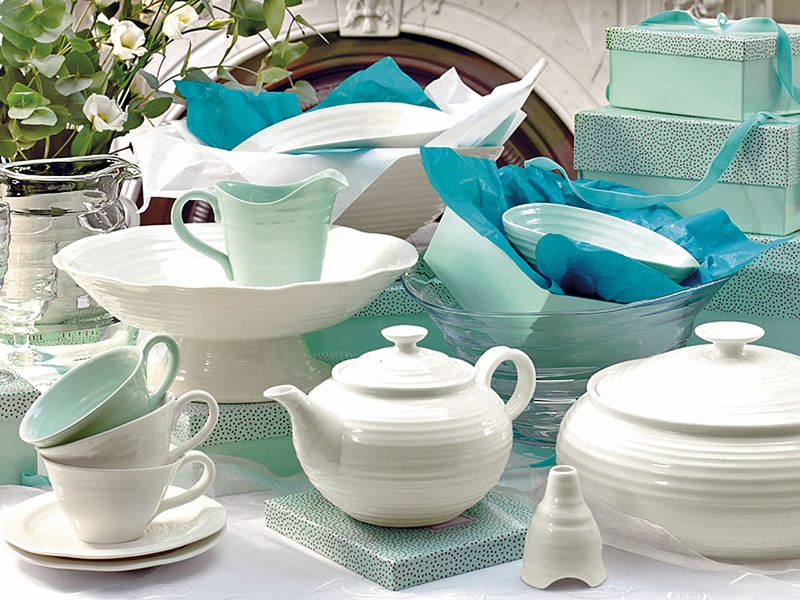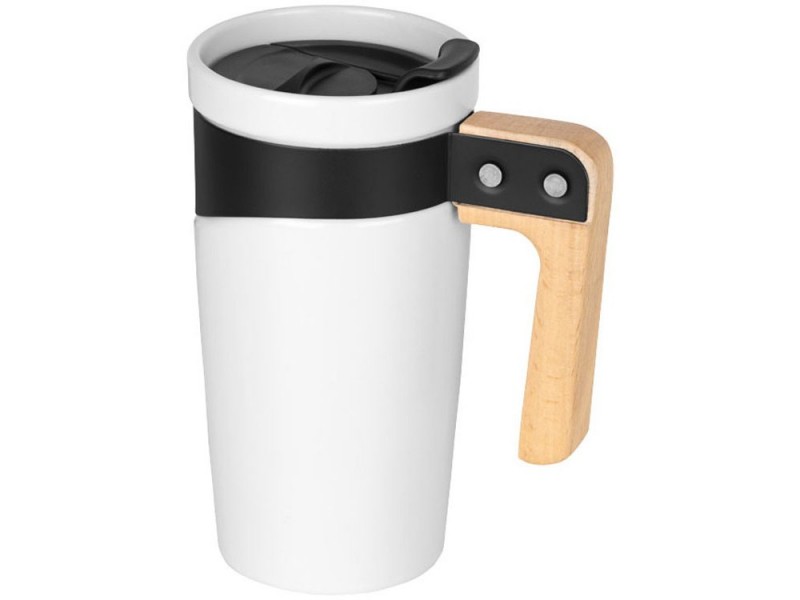A Comprehensive Guide to Baking Dishes for Oven: Types, Materials, and Top Recommendations
Introduction:
Baking is an art form that delights our taste buds and brings people together. Whether you’re a seasoned culinary enthusiast or a beginner cook, having the right baking dish is essential for achieving outstanding results. In this comprehensive guide, we will explore the types of baking dishes available in the market, delve into the various materials used to make them, and provide you with a curated list of top recommendations to elevate your baking experience.
Types of Baking Dishes:
1. Casserole Dishes: These versatile baking dishes are designed for slow-cooking and are ideal for making hearty one-pot meals such as lasagna, macaroni and cheese, or shepherd’s pie.
2. Cake Pans: Perfect for creating delectable cakes, these shallow, round or square baking dishes are available in various sizes and shapes. Silicone, aluminum, and non-stick varieties are popular options.
3. Pie Plates: Essential for baking traditional pies and quiches, pie plates come in different materials like glass, ceramic, or metal. The choice depends on personal preferences and the type of crust you desire.
4. Roasting Pans: These large, deep baking dishes are designed for roasting meats and vegetables. They often come with a roasting rack to elevate food and allow excess fat to drain.
5. Bread Pans: Bread pans are longer, rectangular baking dishes, often made from metal or glass, and are specifically designed for baking homemade bread. The dimensions of bread pans can vary, allowing you to choose the perfect size for your loaves.
Materials Used in Baking Dishes:
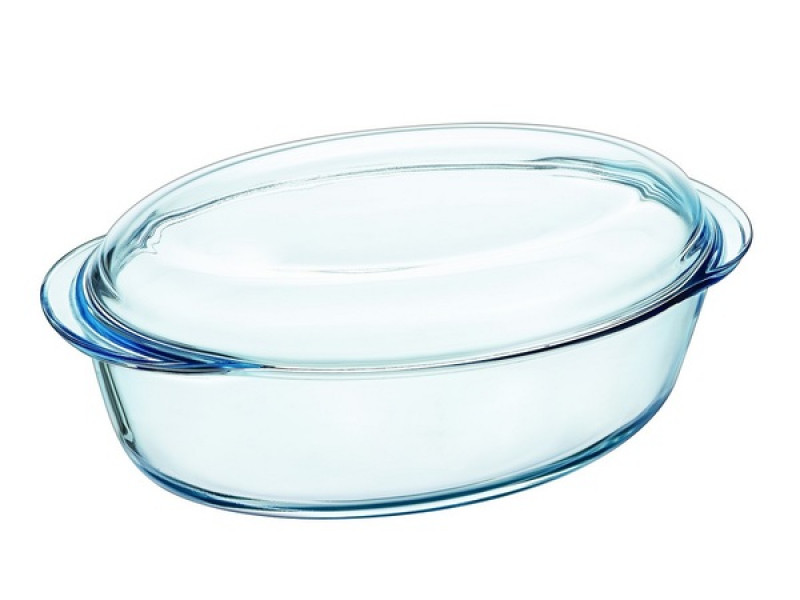
1. Glass: Glass baking dishes offer excellent heat distribution and even cooking. They are transparent, allowing you to check the browning or doneness of your food. However, they may have a longer baking time and can shatter when exposed to sudden temperature changes.
2. Ceramic: Ceramic baking dishes are elegant and perfect for serving directly from the oven to the table. They provide even heat distribution and retain heat well, but may take longer to preheat.
3. Metal: Aluminum and stainless steel baking dishes are popular choices due to their durability and quick heat conductivity. However, without a non-stick coating, they may require greasing or the use of parchment paper to prevent sticking.
4. Silicone: Silicone baking dishes have gained popularity in recent years due to their flexibility and non-stick properties. They are easy to clean, lightweight, and resistant to high temperatures. However, they may lack the browning effect that metal or glass dishes offer.
5. Non-Stick Coating: Many modern baking dishes come with a non-stick coating that makes cleaning a breeze. However, it is essential to ensure the coating is safe and free from harmful chemicals such as perfluorooctanoic acid (PFOA).
Top Recommendations:
1. Emile Henry Modern Classics Rectangular Baker: This ceramic baking dish is perfect for casseroles, lasagnas, or baked pasta dishes. Its high-quality construction and beautiful design make it an excellent addition to any kitchen.
2. USA Pan Bakeware Aluminized Steel Pie Pan: Made from aluminized steel, this pie pan ensures even heat distribution for perfectly baked pies. Its non-stick coating ensures effortless release and easy cleanup.
3. Nordic Ware Natural Aluminum Commercial Baker’s Half Sheet: This aluminum baking sheet is durable, warp-resistant, and provides excellent heat conductivity. It is suitable for a variety of baked goods, from cookies to roasted vegetables.
4. Lodge Pre-Seasoned Cast Iron Skillet: Cast iron skillets are versatile and can be used for a wide range of baking tasks. Whether you’re making cornbread or skillet cookies, this pre-seasoned skillet delivers consistent heat and exceptional flavor.
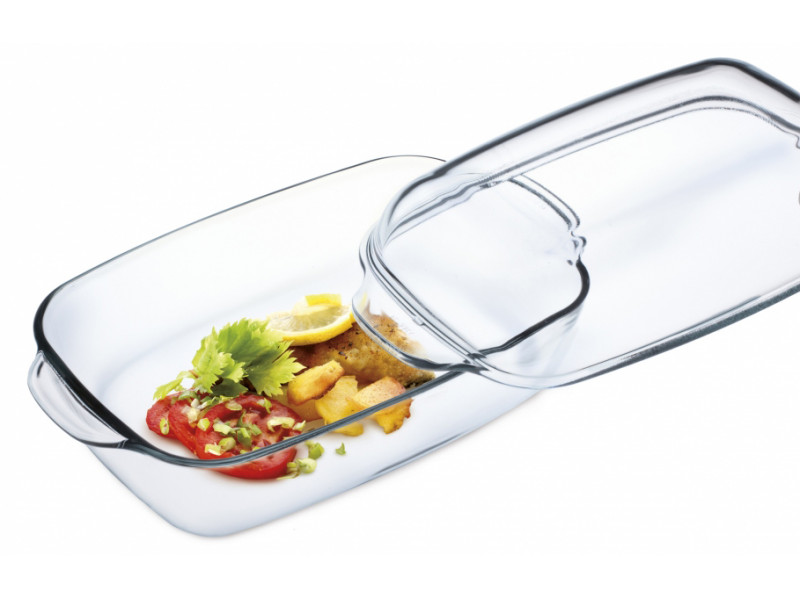
5. OXO Good Grips Glass Bakeware Set: This comprehensive set includes multiple glass baking dishes in different shapes and sizes, allowing you to tackle various recipes with ease. The durable borosilicate glass construction makes it resistant to thermal shock.
Conclusion:
Investing in high-quality baking dishes that suit your culinary needs is essential for achieving outstanding results in the kitchen. Whether you’re baking casseroles, cakes, pies, or bread, understanding the different types of baking dishes available, and the materials used to make them, will help you make the best choice. With our top recommendations, you can confidently select the perfect baking dishes to enhance your baking experiences and elevate the flavors of your culinary creations.1. The Importance of Choosing the Right Baking Dish:
Choosing the right baking dish is crucial for achieving the desired results in your baking endeavors. The type and material of the dish can greatly impact the texture, browning, and overall taste of your baked goods. It is essential to consider factors such as heat distribution, non-stick properties, and the specific recipe you are working with. By selecting the appropriate baking dish, you can ensure that your cakes rise evenly, your pies have a perfectly crisp crust, and your casseroles cook through to perfection.
2. Understanding Different Types of Baking Dishes:
There are various types of baking dishes available in the market, each designed for different purposes. Casserole dishes are perfect for slow-cooked, one-pot meals, while cake pans provide the ideal shape and size for your baked goods. Pie plates are essential for baking delectable pies, while roasting pans are perfect for cooking large cuts of meat. Bread pans are designed specifically for baking homemade bread, while muffin tins are essential for making cupcakes and muffins. Understanding the different types of baking dishes will allow you to select the most appropriate one for your specific needs.
3. The Benefits of Glass Baking Dishes:
Glass baking dishes are a popular choice due to their excellent heat distribution and even cooking. They allow you to easily monitor the browning and doneness of your food, as they are transparent. Glass dishes are also microwave-safe, making them versatile for reheating leftovers or defrosting frozen items. Additionally, glass baking dishes retain heat well, keeping your food warm even after it is removed from the oven. However, it is important to note that glass dishes may require a longer baking time and can shatter if exposed to sudden temperature changes.
4. The Elegance of Ceramic Baking Dishes:
Ceramic baking dishes are not only functional but also add a touch of elegance to your kitchen. They provide even heat distribution, ensuring that your baked goods cook evenly and consistently. Ceramic dishes also retain heat well, keeping your food warmer for longer periods of time. They are ideal for dishes that need to be served directly from the oven to the table, as their attractive designs make for beautiful presentations. However, ceramic dishes may take longer to preheat, and care should be taken to avoid sudden temperature changes, as they can cause cracking.
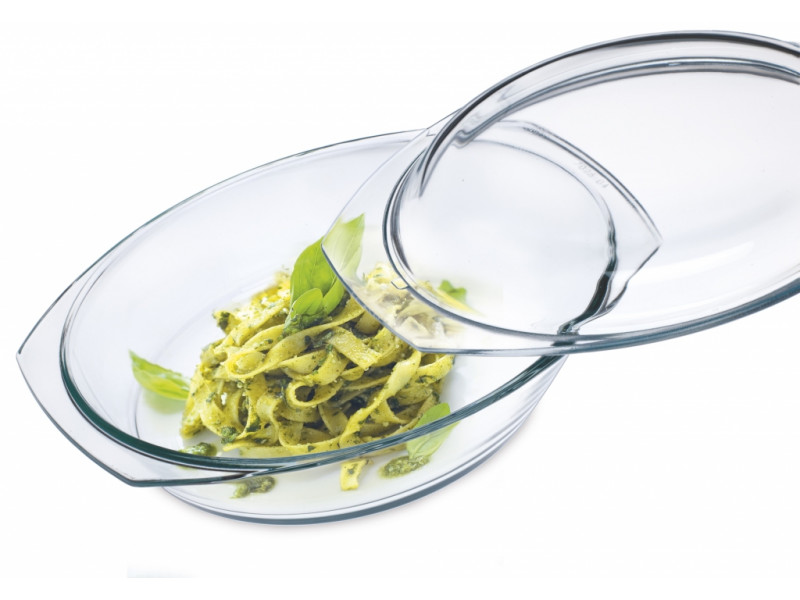
5. The Durability and Conductivity of Metal Baking Dishes:
Metal baking dishes, such as aluminum or stainless steel, are known for their durability and quick heat conductivity. They heat up rapidly, resulting in faster baking times and evenly cooked food. Metal dishes are lightweight and easy to maneuver, making them convenient for everyday baking tasks. However, it is important to note that without a non-stick coating, metal dishes may require greasing or the use of parchment paper to prevent sticking. They may also lack the visual appeal of glass or ceramic dishes.
6. The Versatility of Silicone Baking Dishes:
Silicone baking dishes have gained popularity in recent years due to their flexibility and non-stick properties. They are lightweight, making them easy to handle and store. Silicone dishes are resistant to high temperatures, making them suitable for both baking and freezing. They are also easy to clean, as food does not stick to the surface. However, it is important to note that silicone dishes may not provide the same level of browning as metal or glass dishes. They also require extra care when handling, as sharp objects can damage the surface.
7. The Convenience of Non-Stick Coating:
Many modern baking dishes come with a non-stick coating, making them convenient for releasing baked goods effortlessly and simplifying the cleaning process. Non-stick coatings reduce the need for greasing or lining the dish with parchment paper. However, it is important to ensure that the non-stick coating used is safe and free from harmful chemicals such as PFOA. Additionally, it is recommended to use silicone or wooden utensils to prevent scratching the coating.
8. Top Recommendations for Baking Dishes:
When it comes to selecting the best baking dishes, a few options stand out. Emile Henry Modern Classics Rectangular Baker is a top choice for casserole dishes, as its high-quality construction and beautiful design make it a versatile and elegant addition to any kitchen. The USA Pan Bakeware Aluminized Steel Pie Pan provides even heat distribution for perfectly baked pies with its non-stick coating. For a reliable and durable option, the Nordic Ware Natural Aluminum Commercial Baker’s Half Sheet is ideal for a variety of baked goods. The Lodge Pre-Seasoned Cast Iron Skillet is a versatile baking dish that delivers consistent heat and exceptional flavor. Finally, the OXO Good Grips Glass Bakeware Set offers multiple glass baking dishes in different shapes and sizes, allowing for various recipes to be tackled with ease.
9. Care and Maintenance of Baking Dishes:
To ensure the longevity and optimal performance of your baking dishes, it is essential to follow proper care and maintenance guidelines. Most baking dishes can be cleaned with warm soapy water and a sponge or cloth. Metal baking dishes may benefit from a gentle scrub with baking soda to remove any baked-on residue. Avoid using abrasive cleaners or metal utensils that can scratch the surfaces. Additionally, make sure to follow the manufacturer’s instructions for any specific care requirements, such as avoiding extreme temperature changes or dishwasher use.
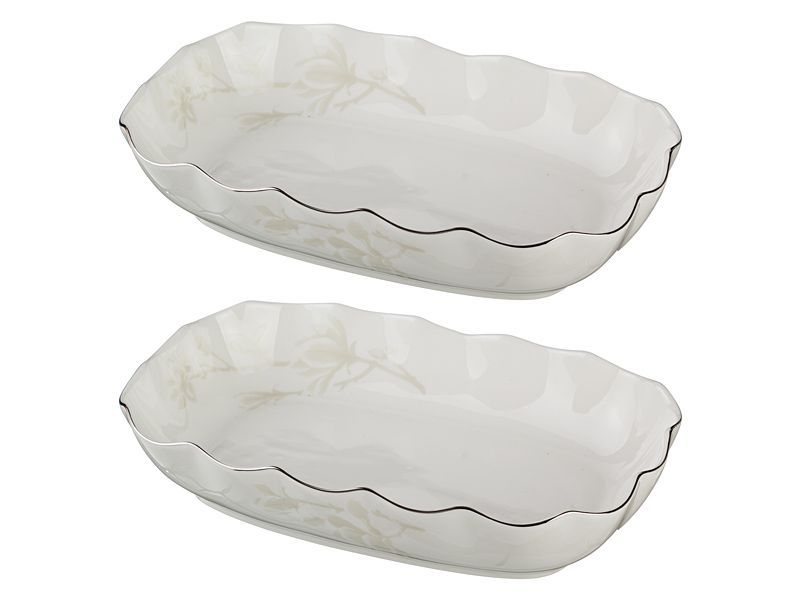
10. Conclusion:
Choosing the right baking dishes is paramount to achieving stellar results in your baking endeavors. Understanding the different types and materials allows you to select the most suitable baking dishes for your specific needs. Whether you opt for glass, ceramic, metal, or silicone, each type has its own benefits and considerations. By investing in high-quality baking dishes and following proper care and maintenance, you can enjoy delightful, evenly cooked, and beautifully presented baked goods for years to come.
